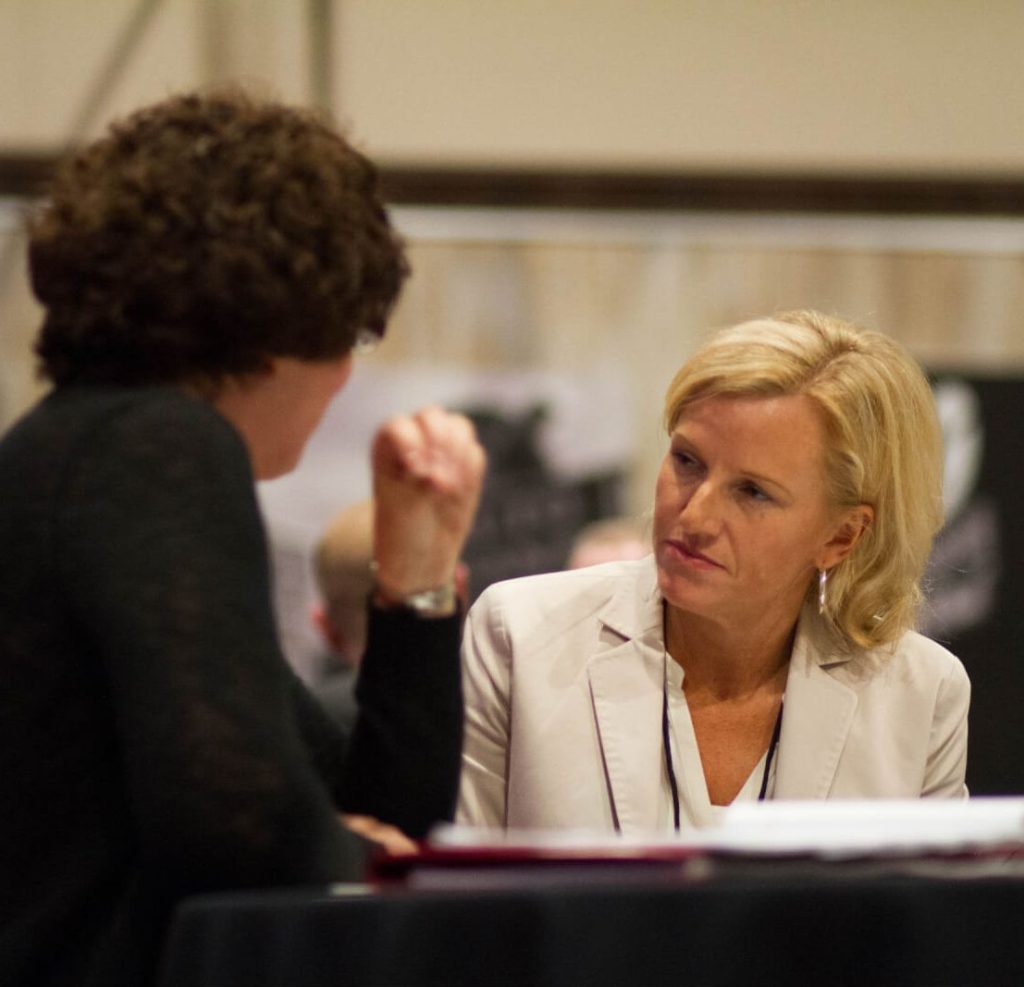By Chuck Bentley
Millions of young Americans with student loan debt are about to make a deal without a clue as to how much it’s going to cost them down the road.
President Obama’s latest end-run around Congress presumably to bail out those struggling to repay their student loans is a bad plan on many levels. This move is akin to the danger created by the sub-prime mortgage bubble that promised easy payments now with no thought of the cost later.

But you can’t short sell an undervalued education. As the banking industry has struggled to survive the collapse of the housing bubble and the realities of Congressional tinkering with financial and banking regulations, it’s time to read the fine print of the president’s plan before Washington does to student loans what it has done to the housing market.
The so-called student loan bailout would reduce the maximum monthly payment from 15% to 10% of discretionary income —resulting in less than $10 savings per month for the average student loan borrower, according to The Atlantic magazine. President Obama declares this would help them buy homes, launch businesses and start families. One must wonder where in America ten dollars has so much traction.
Graduates with the most student loan debt, those who have attended law, business or medical school, are likely to have incomes that exceed the cutoff—making them ineligible.
The plan would also allow student loan borrowers to consolidate private and federal loans. This is no small change in policy. Approximately $1 trillion in outstanding student loan debt is on the books, a substantial portion of it held by private banks that stand to lose interest payments that are now tallied as assets. This is a one-two punch to both taxpayers and struggling banks.
The change would put the taxpayers at risk should students default on their loans, a risk that a bank accepted. And it would take assets from struggling banks that made loans in good faith to earn the assets. It’s hard to believe that making taxpayers responsible for all bad loans is the best thing the U.S. can do for students, who presumably want to become job holders and taxpayers themselves.
According to Human Events, the president is already scaring the pants off the credit market with occasional mentions of possible mortgage “cramdowns” –fears of a student loan cramdown, that is re-jiggering the balances on $1 trillion in student loans, might well send banks into a panic.
The president says his plan won’t cost taxpayers a dime. So who is paying? A plan that lowers the interest on $1 trillion and reduces loan life by 5 years, as Obama’s plan calls for, will cost someone. Reduced interest will hurt those who save. Lowered profit in lending will restrict available monies. And with the government consolidating the loans, the idea that taxpayers won’t be on the hook for potential loan losses is fantasy.
The loan modification plan ignores the real problem with college funding in America—the completely out-of-control increases in tuition and fees at the nation’s colleges and universities.
How is it that when almost every other sector of the economy is scaling back expenses, costs at public universities are rising 8% a year? Why institutions of higher learning have raised costs at much greater rates than economic growth or personal income levels must be addressed. And as these institutions receive tax dollars, that is a question the government could ask.
Politically well connected universities, with their lobbyists and activist faculty and staff, have survived and thrived in a struggling economy, while students take on more and more debt for the hope of later employment. The ROI – return on investment – that students can expect from such a purchase is dwindling even as the costs are rising.
Even now, the New York Times is reporting that the average student loan debt of graduates rose again in 2010, to a record high of over $25,000, an increase of 5% from the previous year. Yet few are calling for academia to rein in costs.
Only in the rarified world of academia do costs exceed market forces and benefits. This latest bailout would only exacerbate the problem, by monkeying with free market forces and further separating the consumer from the cost of the product.
The president’s plan will increase not just one but two problems: the sub-prime student loan bubble and the college tuition bubble. The real tragedy in the proposal is that the very people it is purported to help, young Americans who are struggling to make student loan payments, will likely end up shelling out far more in higher taxes down the road to pay back the peanuts they are being fed now.
Originally posted 11/4/2011.
Subscribe for Weekly Updates
"*" indicates required fields
Search
Christian Credit Counselors

Is credit card debt causing you stress and strain? Christian Credit Counselors would like to help!
Notifications